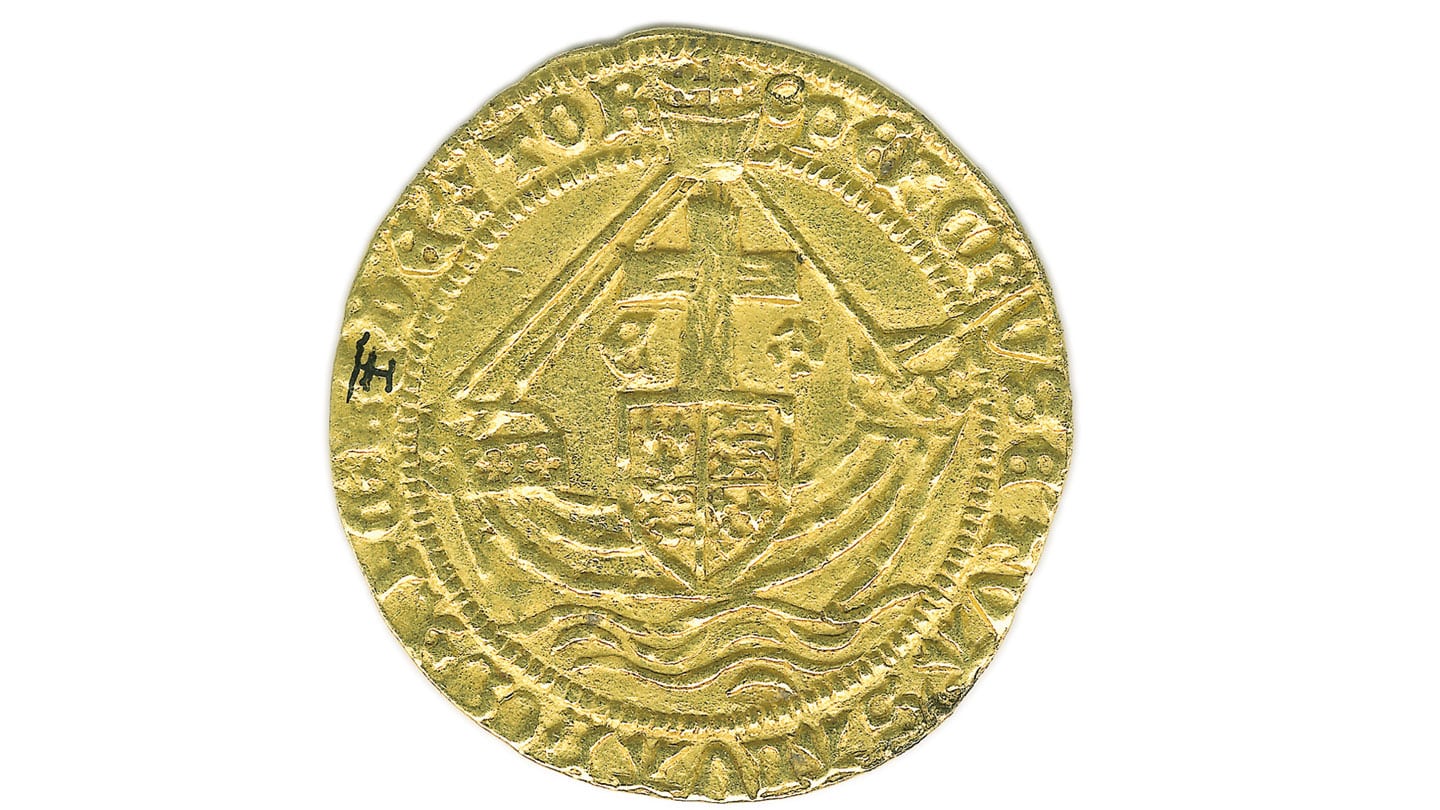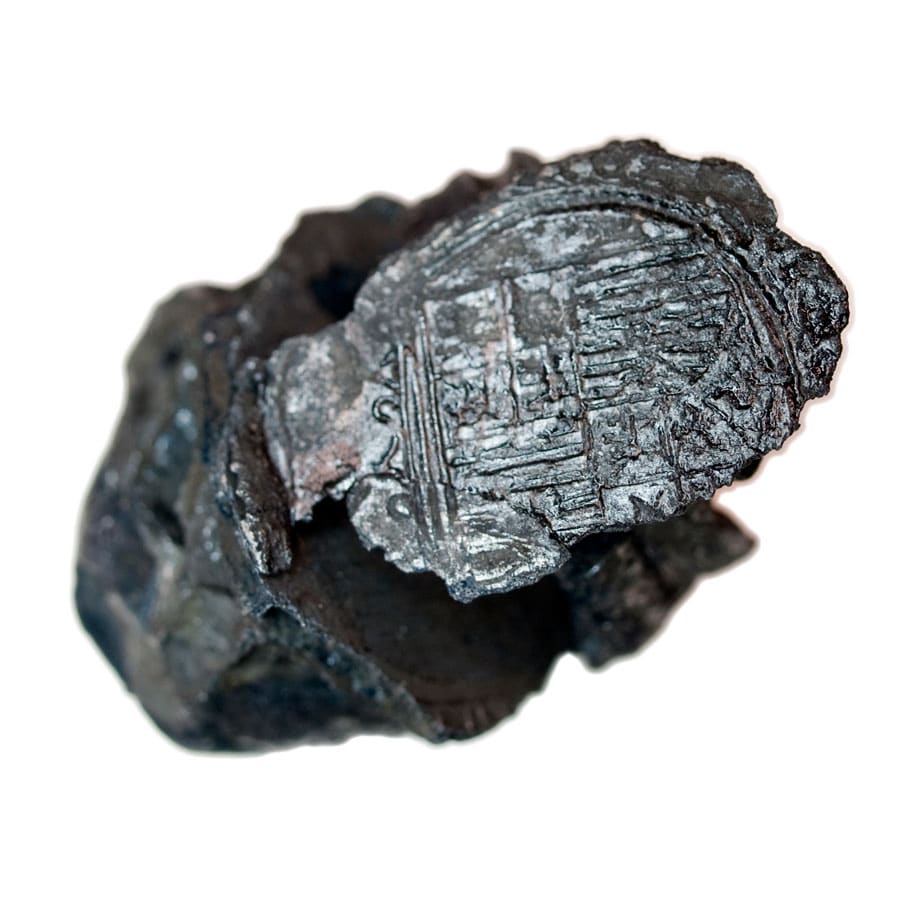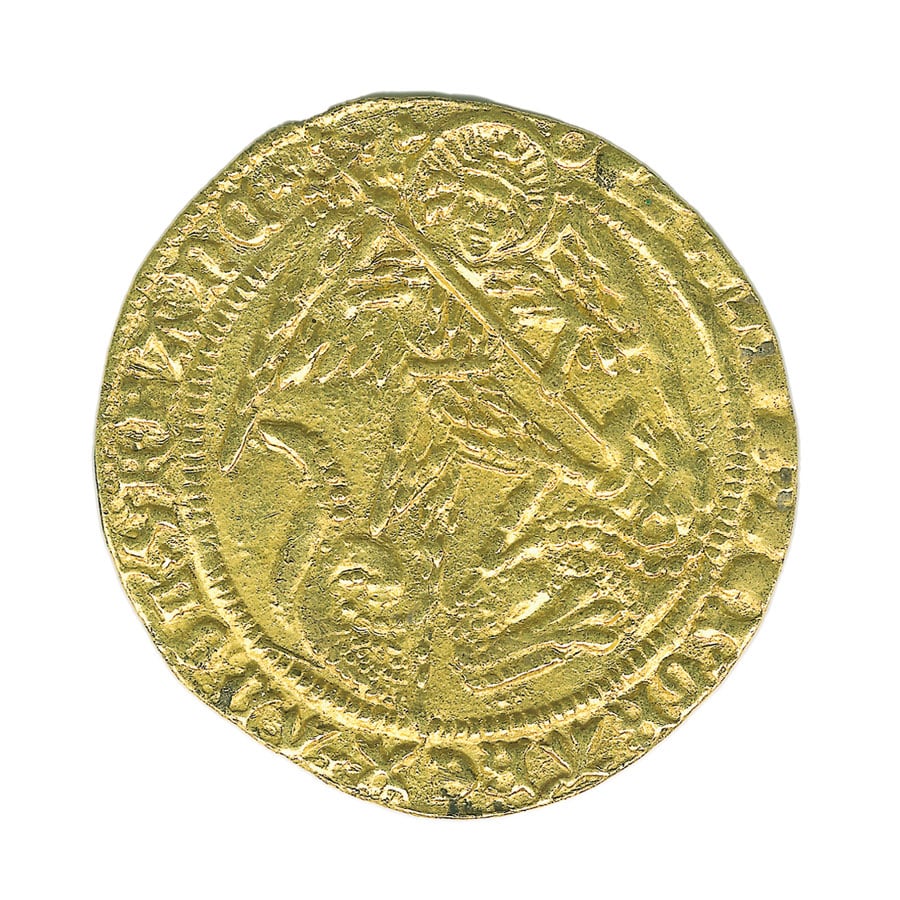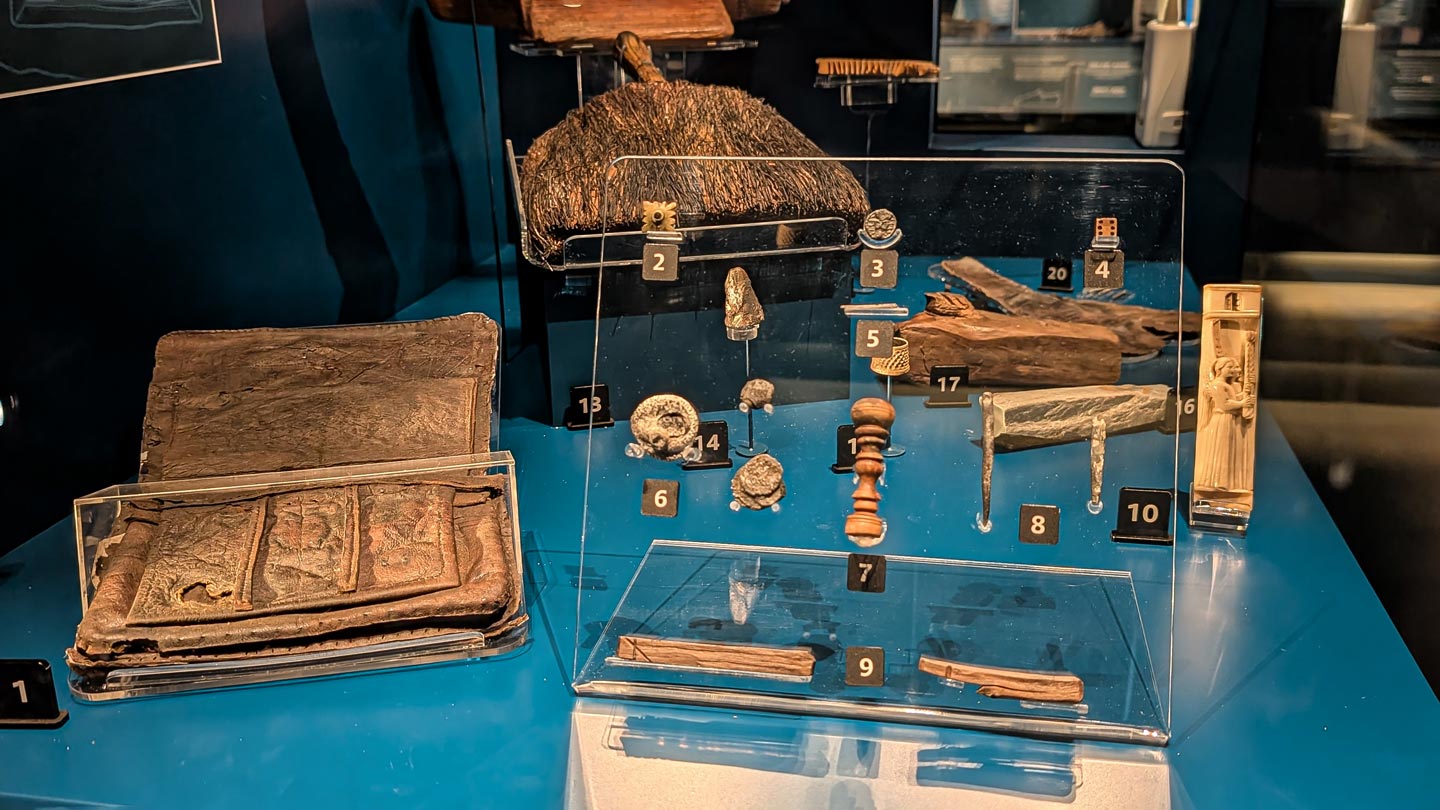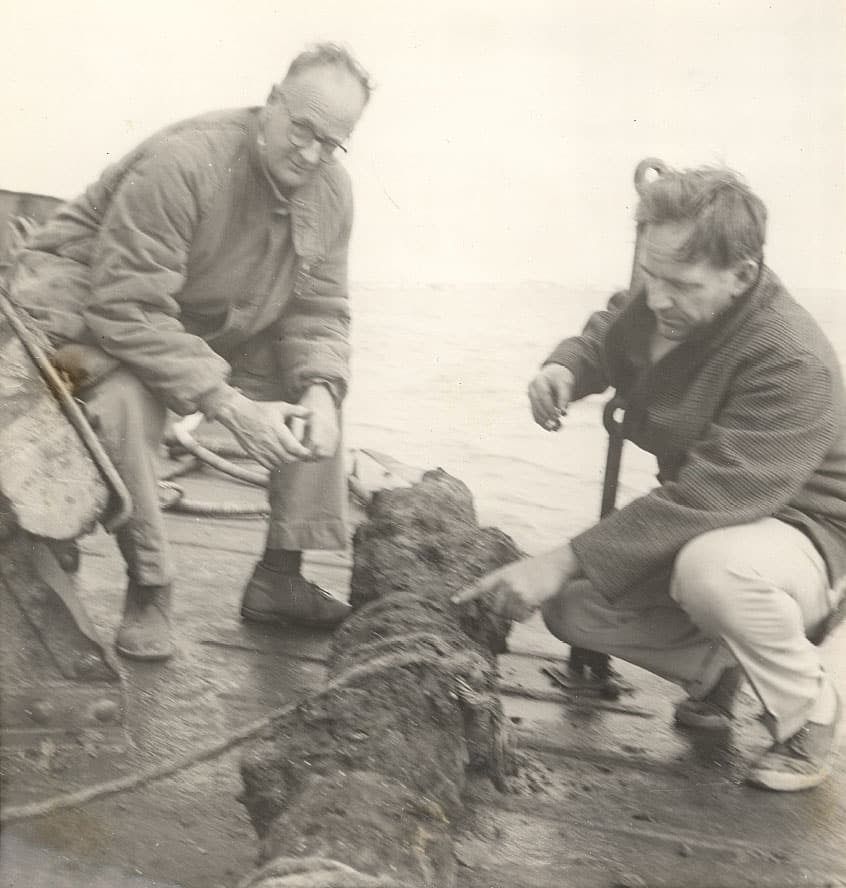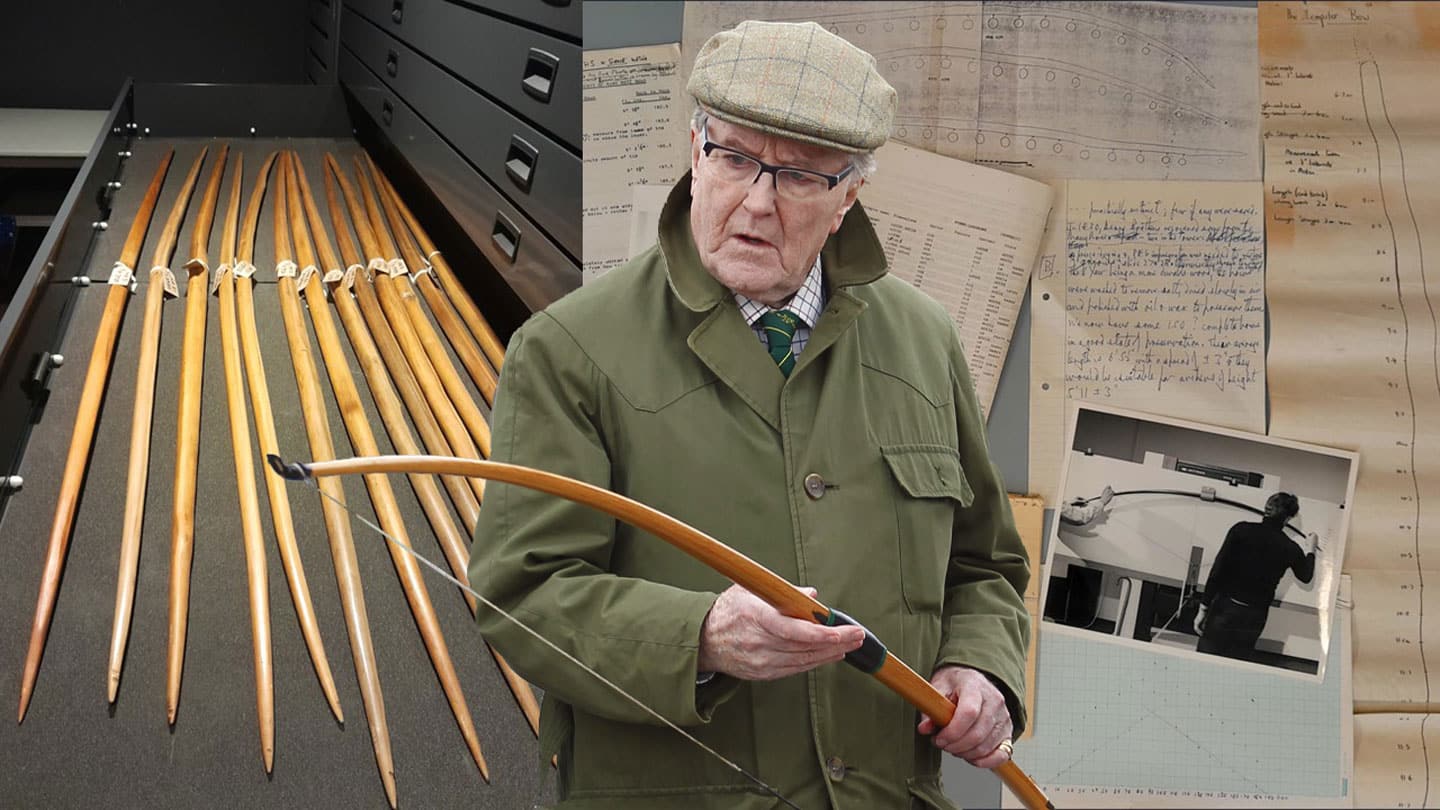Aside from gold, metals such as silver corrode significantly in salt water. Clusters of silver coins corroded together into a single mass of coins which makes the identification of single coins difficult. Separating them into individual coins also risks significant damage to the individual items. As well as this, many objects that would have been in the port side of the ship, or the stern-castle (including the captain’s quarters) may have been salvaged soon after the sinking or eroded after being exposed to 500 years of currents and disruption. For these reasons, the complete profile of the ship’s wealth cannot be made, but the evidence left is a great insight into personal wealth on board.
In Tudor times, a coin’s value was related to the level of precious metals included in the coin; from tiny silver farthings (less than 1 gram), all the way up to solid gold sovereigns (around 12.5 grams). After decades of lavish living and waging wars – Henry VIII realised the country’s treasury was running low, and introduced a policy known as the ‘Great Debasement’. This reduced the amount of precious metal within a coin, replacing it with a cheaper base metal to try to make more money in turn. Other forms of debasement included increasing a coins’ face value (what it’s ‘worth’ in society) without increasing the precious metal content. This systematic cheapening of money began in 1544, a year before the Mary Rose sank.
Many of the silver coins found scattered across the ship are identified as being minted after the debasement in 1544. As many of us can see from the circulation of new currency with King Charles III’s portraits, it takes time for new designs to spread and replace their predecessors. Similarly, five half-sovereigns were found, these were only introduced into circulation in 1545 as part of the debasement scheme. They represented a mid-point between angels and sovereigns – like having a £1.50 coin! It is possible that such a high concentration of these new, cheaper coins is the result of an official sum straight from the Royal Mint, and were likely wages being paid.
